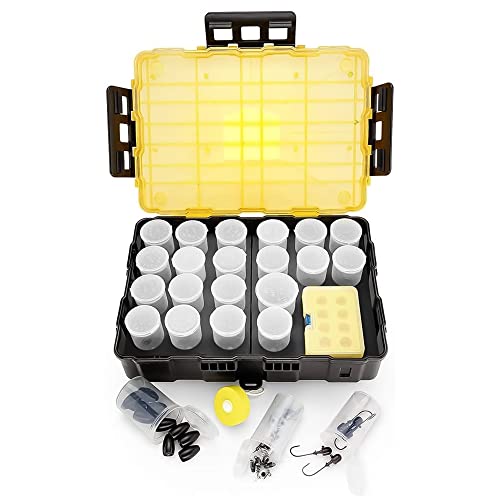LDUBS
Well-known member
- Joined
- Aug 14, 2016
- Messages
- 6,746
- Reaction score
- 3,638
- Location
- Northern California
- LOCATION
- Northern California
Why not use an exterior grade plywood or marine plywood and treat it with pentrating epoxy to make it waterproof? A quart of this stuff goes a long way.
https://www.totalboat.com/products/penetrating-epoxy-sealer?variant=43757090963680
Conventional wisdom on these boards is it is perfectly OK to use exterior grade ply. The consensus is that the added benefit of a marine grade, which is basically elimination of voids, adds quite a bit of cost (translate, not worth the extra $$ to many of us).
In my mind sealing the new transom wood has got to be a #1 best practice. I"ve used the Total Boat penetrating epoxy sealer. Like you say, coverage is pretty good. Another product highly recommended by long term member @DaleH is Raka epoxy.






















































